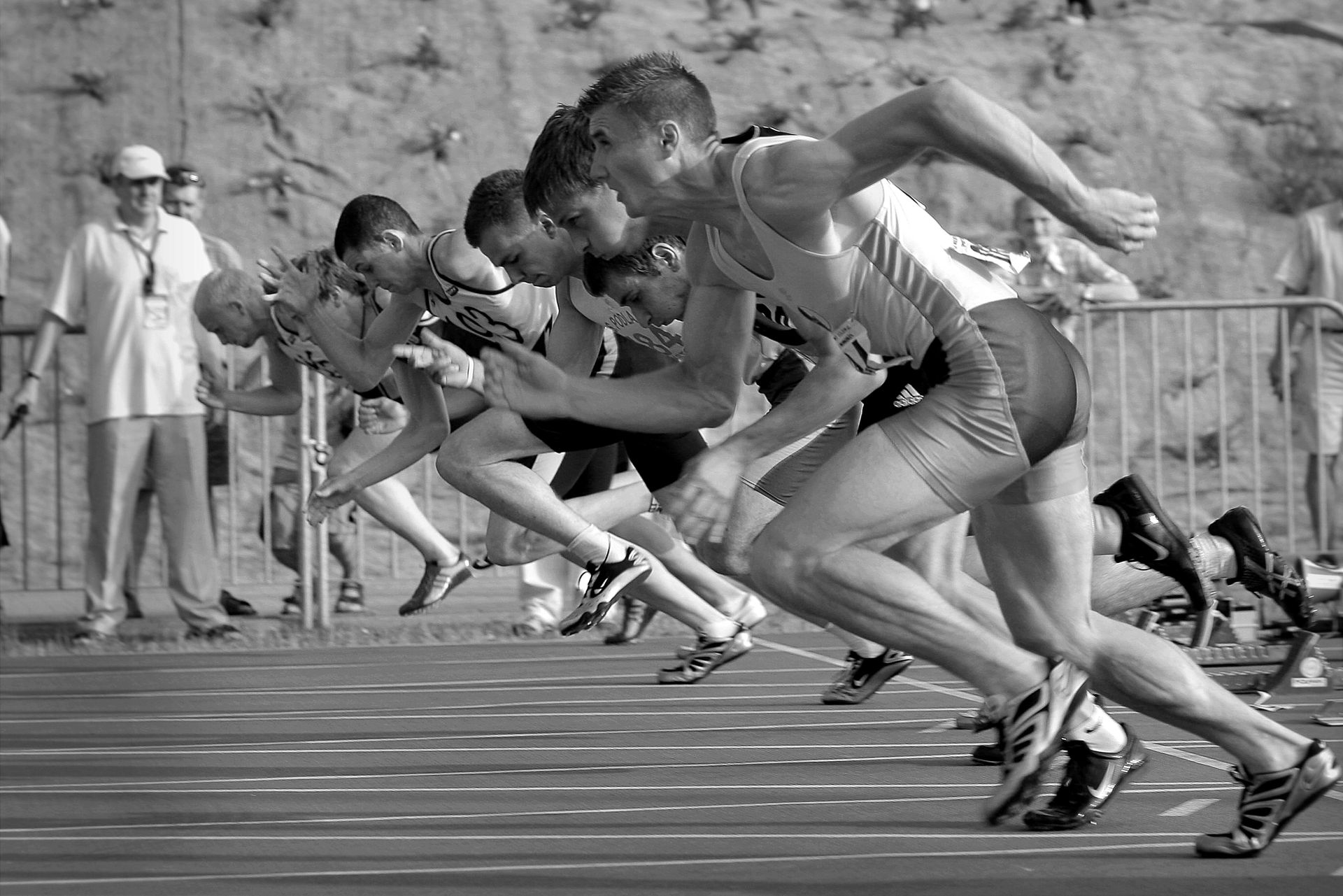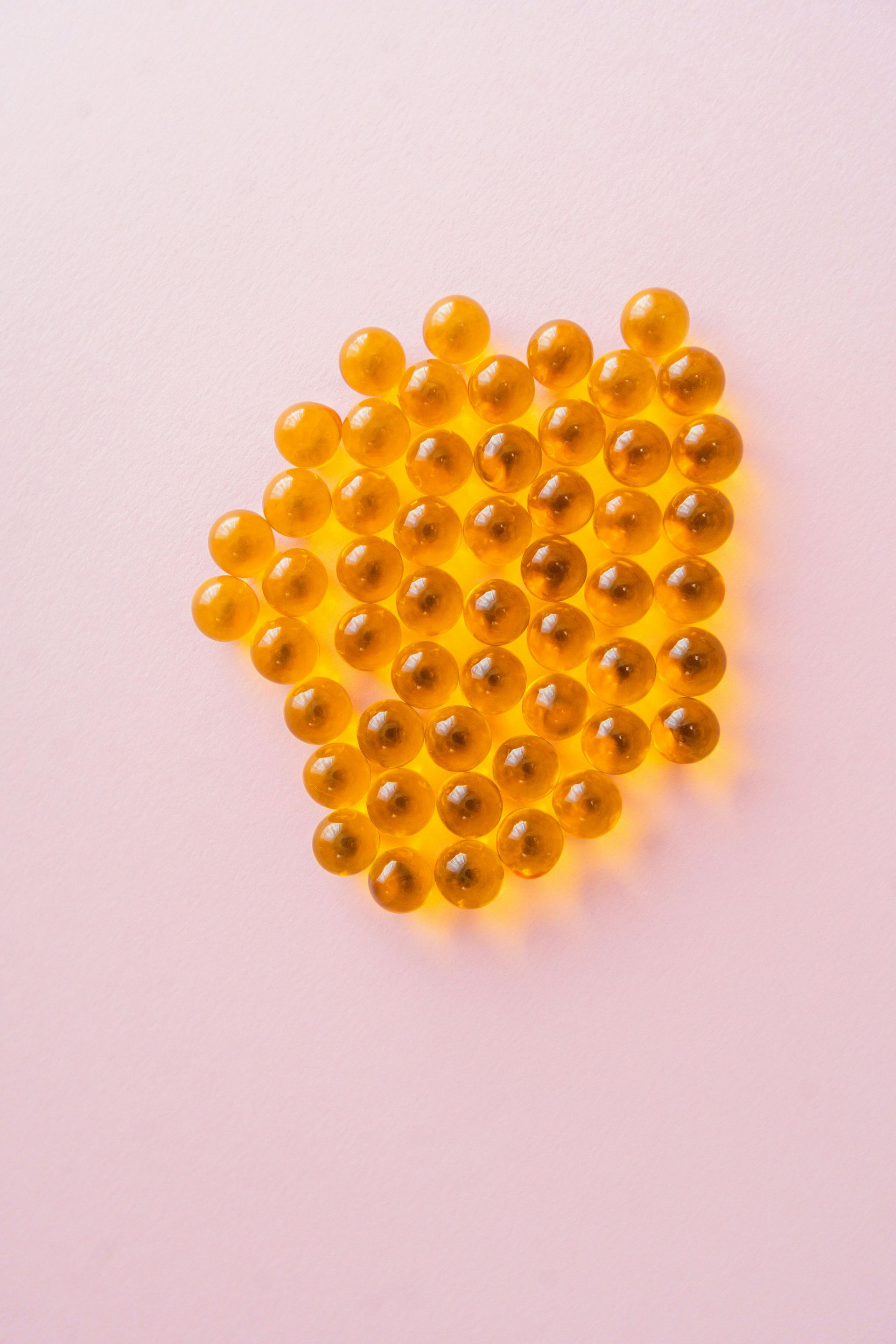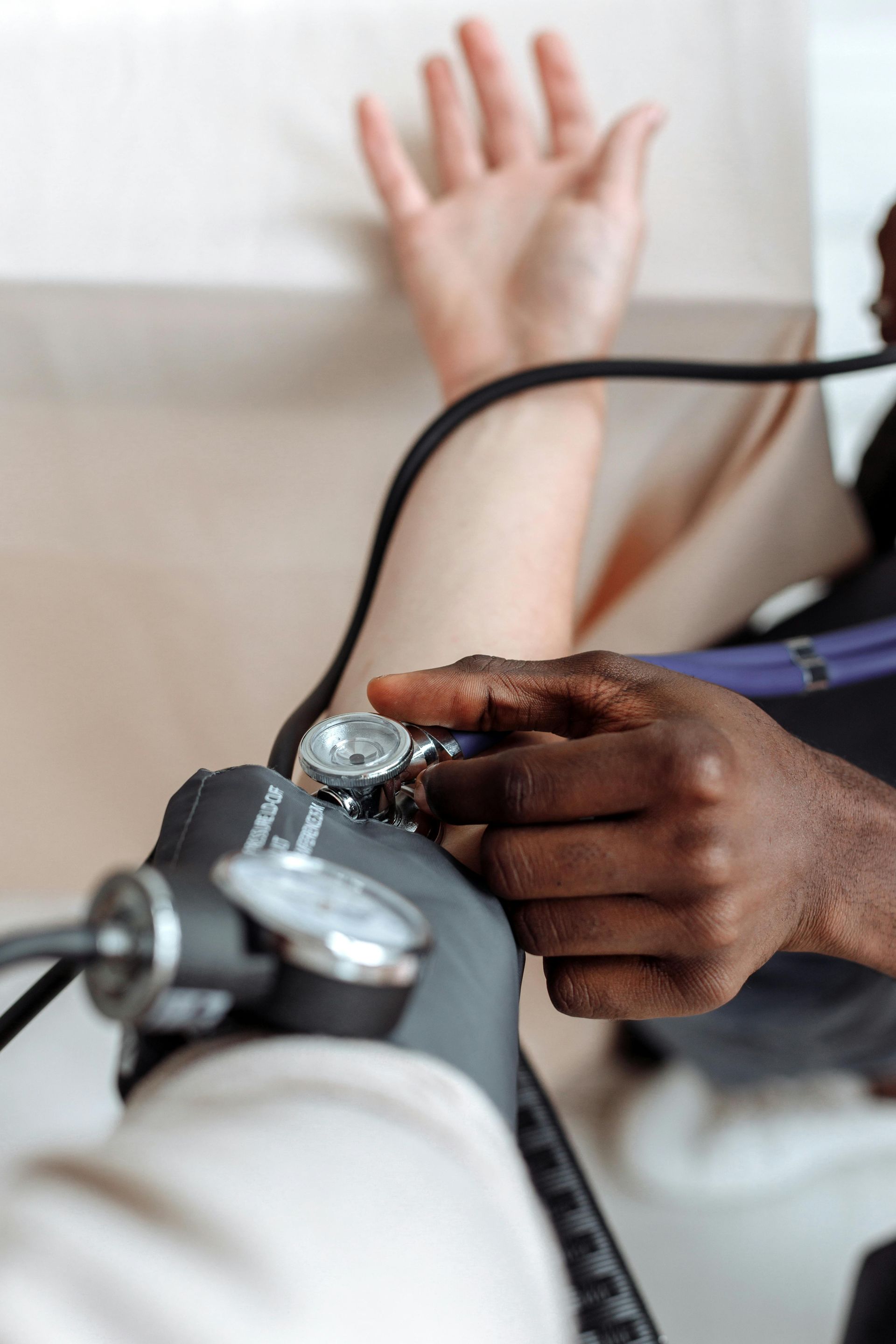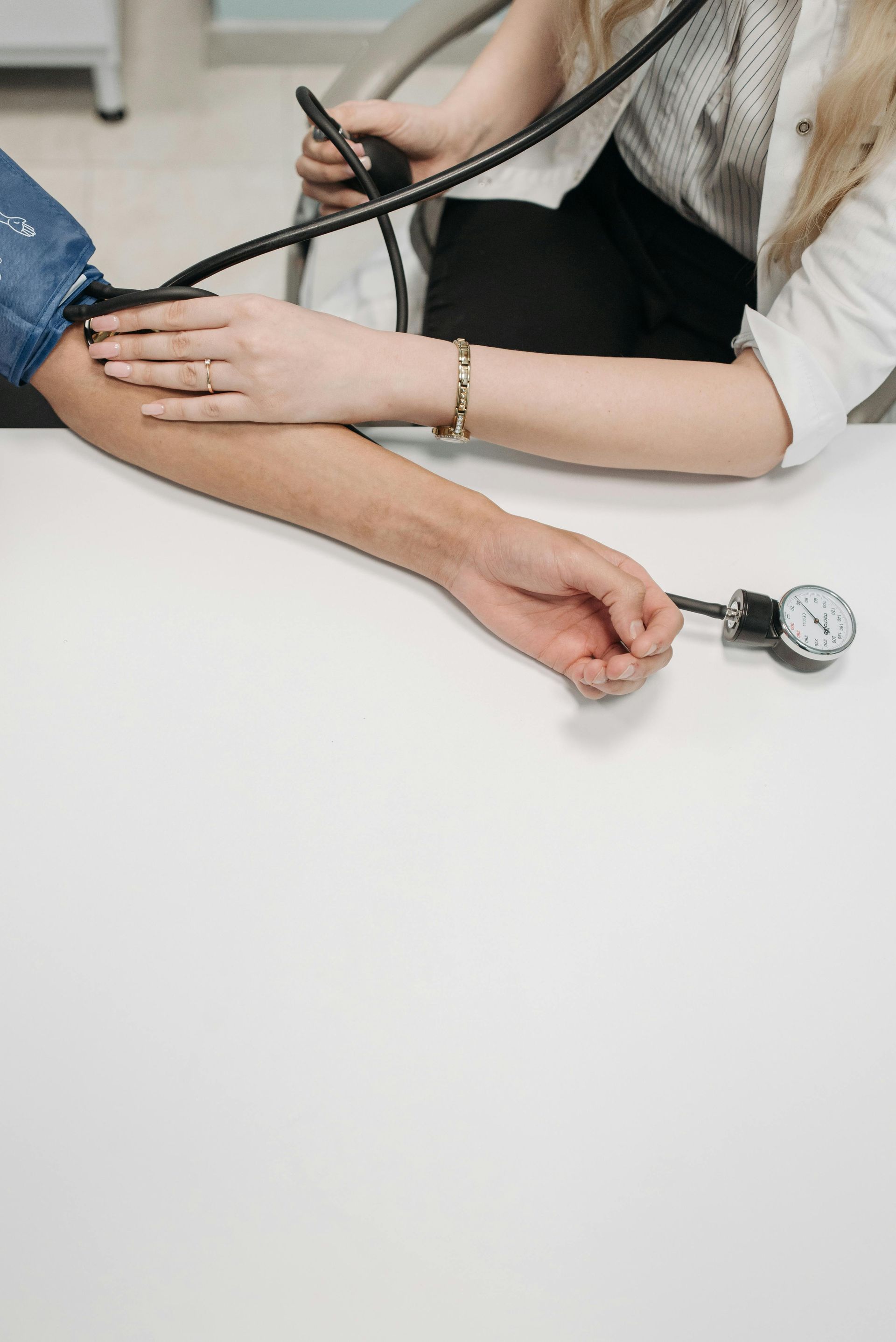Mohamad-Ali Salloum is a Pharmacist and science writer. He loves simplifying science to the general public and healthcare students through words and illustrations. When he's not working, you can usually find him in the gym, reading a book, or learning a new skill.
Understanding Shin Splints: Prevention and Treatment for an Optimal Running Experience
Share
Once i initiated my running project, I started suffering from a pain in my lower leg.
After I did some research on how to prevent this type of pain, I came up with this article.
Most probably you are here because you’re suffering too..So this type of pain, aka Shin Splints or medial tibial stress syndrome, is the pain that you feel along the shin bone, also known as “Tibia”.
What are Shin Splints?
Shin splints refer to the pain and inflammation that occur along the shinbone (tibia) due to repetitive stress on the muscles, tendons, and bone tissue. This condition primarily affects runners, dancers, and individuals engaged in activities involving repetitive impact on the lower legs. The main symptoms include sharp or dull pain along the inner edge of the shin, tenderness, and swelling.
So, if you are a new runner, this pain might be normal, but in case this pain does not decrease over time and when you take the corrective and preventive measures, then you should seek medical attention.
It's worth noting that the information provided in this article is for informational purposes only and should not replace professional medical advice. If you experience persistent or severe shin pain, it is recommended to consult with a healthcare professional for an accurate diagnosis and appropriate treatment.
How to prevent such pain?
Preventing shin splints involves adopting certain measures to minimize stress on the lower legs and improve overall lower limb strength. Here are some strategies to consider:
- One of the causes of shin splints is your running technique. If you are a beginner in running, then most probably you will have shin splints if you don’t get your running technique right. Analyze your running pattern and watch some videos that you can find on YouTube to help you run in the best technique possible. Abnormal foot mechanics, such as overpronation (excessive inward rolling of the foot), can contribute to shin splints.
- Do some stretches for that region. The video below will summarize the exercises that will help you prevent such pain.
- Don’t Over-train yourself. Remember that once you start increasing your running intensity, you will get these shin splints. Go slowly with your program and don’t rush yourself!
- Improper footwear: Wearing worn-out shoes or shoes without adequate cushioning and arch support can increase the risk of shin splints.
- Rest well. It is as simple as not running every day. You can run every other day, or every two days. BUT NOT EVERYDAY.
- Sleep well. I guess this is not a new information for you... you guys know that sleeping well can help your body regenerate and heal better. Right??
- Run with the right type of Shoes. Sometimes you just need the correct type of shoes to avoid this pain.
- Make your legs, ankles, hips, and core stronger and more stabilized by strength training.
- Cross-training: Engage in low-impact activities like swimming or cycling to reduce the repetitive stress on the shins.
- From my experience, running on soft surfaces will definitely reduce the risk of getting shin splints. For me, when I run on a treadmill, I can run 5 km non-stop, however, on a hard surface, like the road, I can easily get shin splints in the first 2 km!!
How to treat Shin Splints if they happen?
- The last thing you want to do when you have shin splints is to continue running with the pain. The first thing to do is to stop running and do some stretches.
- Rest and ice: Resting the affected leg and applying ice packs for 15-20 minutes several times a day can help reduce pain and inflammation.
- Take 2-3 rest days from running or as much as your body wants, until you feel no pain in your shins. During this time, you can keep practicing by cycling and swimming.
- Pain management: Over-the-counter non-steroidal anti-inflammatory drugs (NSAIDs), such as ibuprofen, can be used to alleviate pain and swelling. However, consult a healthcare professional before using any medication.
- Stretching and strengthening exercises: Gentle stretching exercises for the calf muscles and the use of resistance bands to strengthen the lower leg muscles can aid in recovery.
- Physical therapy: A physical therapist can provide tailored exercises and techniques to alleviate symptoms and address underlying biomechanical issues.
- Gradual return to activity: Once the pain subsides, gradually reintroduce running or other activities, following a structured training program to prevent recurrence.
Shin splints can be a frustrating setback for runners and athletes, but with proper prevention and treatment strategies, you and I can overcome this condition and continue enjoying our running experience. By gradually increasing training intensity, wearing appropriate footwear, selecting suitable running surfaces, and incorporating strength and flexibility exercises, the risk of developing shin splints can be significantly reduced. At the time of writing this article, I am at my 4th month running, and I can assure you that my shin splints are much less than before. I used to suffer from them in every run. Now I am able to run 7-10 km without experiencing this type of pain. I still get them when I over-train myself and I quickly take the corrective and preventive actions to not allow it to progress more.
Resources:
1. Galbraith RM, Lavallee ME. Medial tibial stress syndrome: conservative treatment options. Curr Rev Musculoskelet Med. 2009;2(3):127-133. doi:10.1007/s12178-009-9055-y
2. Moen MH, Tol JL, Weir A, Steunebrink M, De Winter TC. Medial tibial stress syndrome: a critical review. Sports Med. 2009;39(7):523-546. doi:10.2165/00007256-200939070-00002
3. Yates B, White S. The incidence and risk factors in the development of medial tibial stress syndrome among naval recruits. Am J Sports Med. 2004;32(3):772-780. doi:10.1177/0363546503261057
4. Winters M, Eskes M, Weir A, Moen MH, Backx FJG. Treatment of medial tibial stress syndrome: a systematic review. Sports Med. 2013;43(12):1315-1333. doi:10.1007/s40279-013-0096-5
List of Services
ABOUT THE AUTHOR
Mohamad-Ali Salloum, PharmD
Share
Recent articles:





















